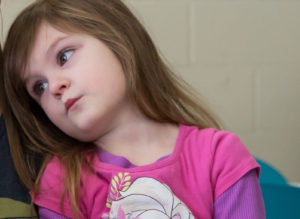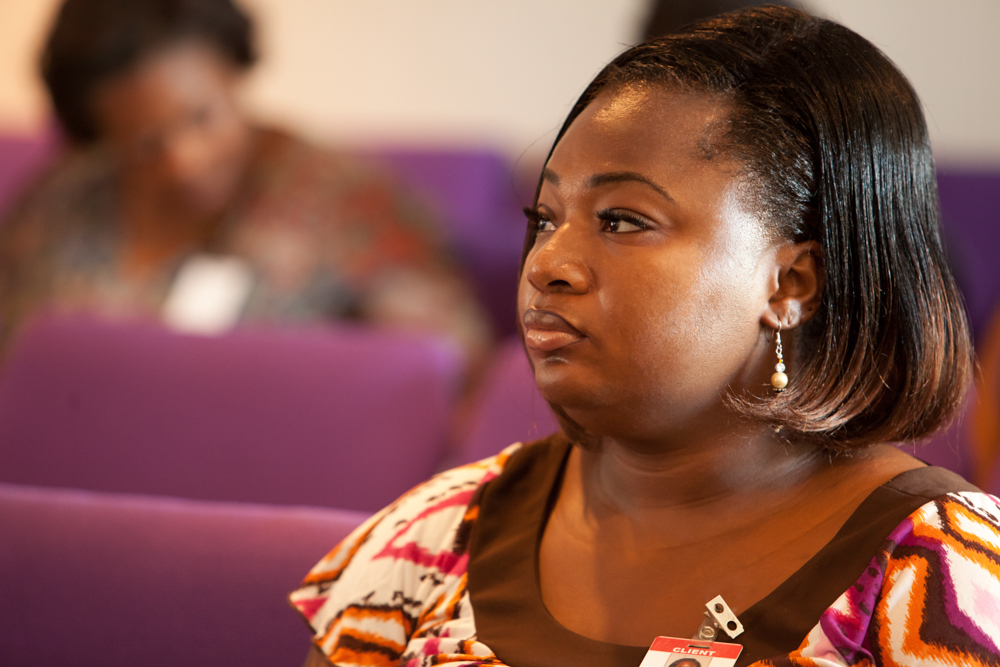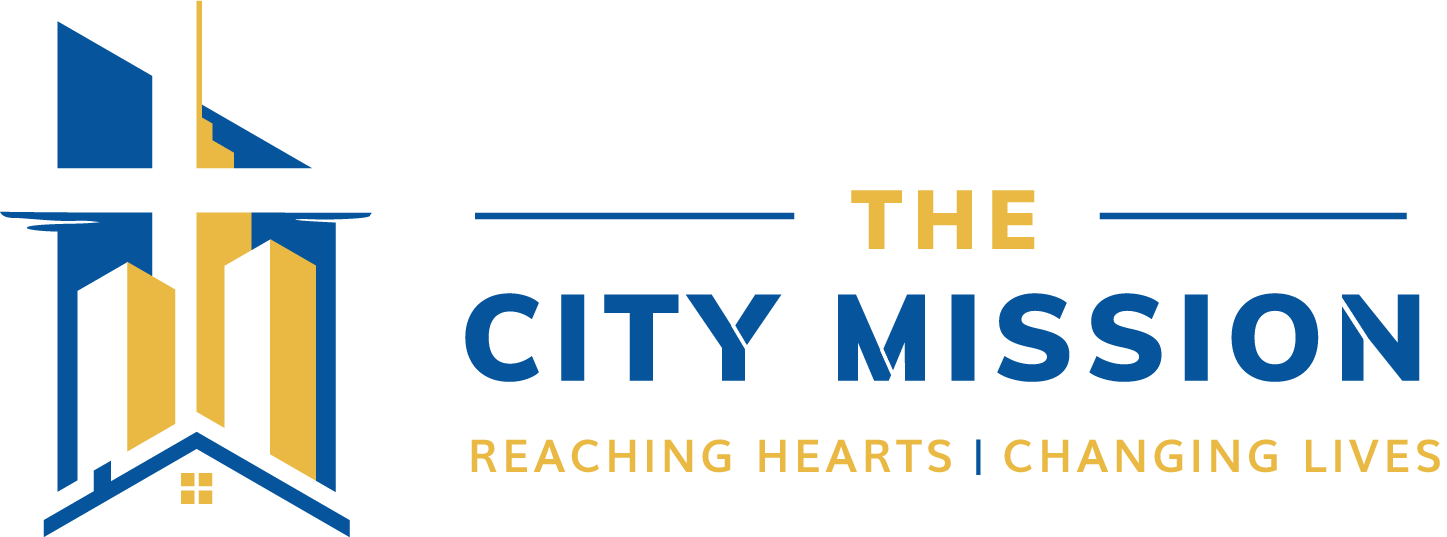Summer is Not a Break for Low-Income Families

Would you be surprised to learn that the Cleveland Metropolitan School District found that 4,048 of their students were homeless in the 2014-2015 academic year?
Would you be even more surprised to know that those 4,000 students represent a full 10% of the CMSD’s enrollment?
Many of these children and teenagers spend their nights and weekends at homeless shelters, in motel rooms or moving from place to place, but the vast majority of homeless youth find themselves doubled up with their parents’ friends or family members, sleeping on couches or in garages.
So what happens when school lets out for summer, when students aren’t spending 40+ hours in a school and extracurricular activities, and the heat begins to make crowded living spaces unbearable?
There’s a summer surge in the number of mothers and children who find themselves not only homeless, but out on the street.
No School, No Structure
 Completing a successful school year is especially difficult for students experiencing homelessness, but it does provide the structure they’re unlikely to find anywhere else in life.
Completing a successful school year is especially difficult for students experiencing homelessness, but it does provide the structure they’re unlikely to find anywhere else in life.
Homeless students will not only face higher rates of summer learning loss than their peers, but they’re also more likely to spend June, July and August in unsafe environments, and have fewer positive interactions with adults.
Perhaps the most troubling loss of all to a child and their parents is access to a consistent food source as 100% of CMSD students receive free/reduced lunch while at school. That means families need to find a way to provide for 1-2 more meals a day per child during summer break. If they can’t, this insufficient nourishment can delay intellectual, emotional, and physical development, which sets impoverished children up for even greater difficulty in school.
Financial Heat and Risk of Eviction Rises
When schools close for the summer, parents experiencing poverty and homelessness lose a critical part of crisis recovery – childcare. The supervision schools provide may allow parents to find and work full-time jobs, but many of these parents will still not earn enough money to pay for an apartment and daycare expenses, let alone save for a rainy day.
In Ohio, a person making minimum wage would have to work 100 hours (2.5 full-time jobs) to pay for a simple two-bedroom apartment. Working this much, especially as a single mother or father, leaves no time for the attentive care children need – a situation worsened when an extra 40+ hours a week of unsupervised time arrives in the summer. Parents are forced to make one of two choices. One, they can work and pay their rent, but then leave youth to their own devices/other influences. Or two, they can stay home to take care of their children, but soon face homelessness due to a lack of income.
When finances are depleted, eviction becomes a reality. Aside from the financial strains discussed above, by the time summer arrives low-income families have often stretched their income-tax return as far as it can go and can no longer afford rent.
Landlords who showed grace in freezing temperatures now have fewer reservations about evicting tenants in nicer weather. Families are left scrambling to find a place – or more likely, a person – that can provide the shelter they need to recover from an eviction crisis.

Relationships Run to the Last Drop
There is one cause of homelessness greater than running out of money – it’s running out of relationships. Many people in poverty have relatives or friends that are willing to take on childcare for little to no money for a time. But when youth are spending many more hours a week at home because school has finished, caretakers can become drained. Rooms become more cramped and stuffy (especially without air conditioning), and childcare providers can become drained from giving constant care.
Relationships can also become strained by adults’ decisions, and a family might find themselves on the street because a parent has run out of second chances. Whatever the case, unofficial eviction from a family member or friend’s means a homeless family’s situation has moved from unstable to unsafe.
Where can these families turn after they’ve exhausted their financial and relational resources? Living in a car during the summer is life-threatening due to the heat. Staying in abandoned homes or under bridges is also a personal safety risk. The final option is to turn to a shelter for help.
Shelters Unable to Shelter
At Laura’s Home Women’s Crisis Center, we can receive 80+ calls a day from single women and moms with kids seeking safe shelter.
“In the spring we receive 50 calls or more a day, but in the summer numbers in family homelessness definitely spike,” says Abbey Uveges, a caseworker at Laura’s Home.
Laura’s Home is the only long-term crisis facility in the city offering a holistic program, with 168 beds located
within private family and single-women rooms. This might seem like a lot of space, but Laura’s Home has been full to capacity since 2012. Saying “sorry, we’re unable to offer you a room,” to those calling for help in the summer becomes even more heartbreaking, because Laura’s Home employees understand that the need during the summer months has become even more drastic.
Take a look at these stats from calls Laura’s Home received during June, July and August of 2016:
Laura’s Home Help Requests – Unable to Shelter
| Month (2016) | Requests Made, But Unable to Shelter |
| June | 1231 |
| July | 1460 |
| August | 2063 |
| Total | 4,754 |
By the end of the summer, when resources are fully exhausted, the need for shelter almost doubles. Unfortunately, the ability to help stays the same. Cuyahoga County and other nonprofits also have shelters, but these spaces are full as well. Women and children end up sleeping on mats in emergency shelters. From the floor of a gymnasium or church basement, hope for a better future does not look possible.
Seeking Shade in Solutions
This month, thousands of our Cleveland neighbors will go through the struggles discussed in this article for a variety of reasons. Once experienced, the cycle of homelessness and poverty is difficult to escape and can trap generations of families. The question now turns from what happens when students in poverty are finished with their school year, to what can we do for families in poverty who experience devastating financial and relational stress during summer break? Here are a few suggestions:
- Donate financially to Laura’s Home, which offers extra support to school-age children while school is out, so that low-income parents are able to work through the summer. While moms focus on furthering their education, recovering from a mental health or addiction crisis, and seeking employment, Laura’s Home offers educational and recreational opportunities to their children.
- Consider the time you might have to volunteer with the Pathways program at Laura’s Home! Our staff can be overwhelmed with extra children during the summer months. We hope you’ll bring your expertise, whether that be tutoring, playing games, or teaching youth other practical hands on skills.
- Stay informed on issues of poverty and homelessness, and share this knowledge with your circle. Everyone has different resources and talents to offer, and your network can be an important part of community transformation. Subscribe to our blog for the latest news.
The 4,000 homeless students in the Cleveland school system is a number that should not persist within a city that’s full of social, economic and championship run excitement. The more people that understand how difficult it is to recover from crisis – especially during the summer – the more we can work together to break the cycle of poverty across the city.
Will you do your part today?
Every contribution makes an impact
Reaching Hearts | Changing LIVES
The City Mission is funded entirely by private donations from people like you.
Will you provide help and hope to people in crisis today?
84¢ OF EVERY DOLLAR DONATED IS USED DIRECTLY FOR RESIDENT CARE.

